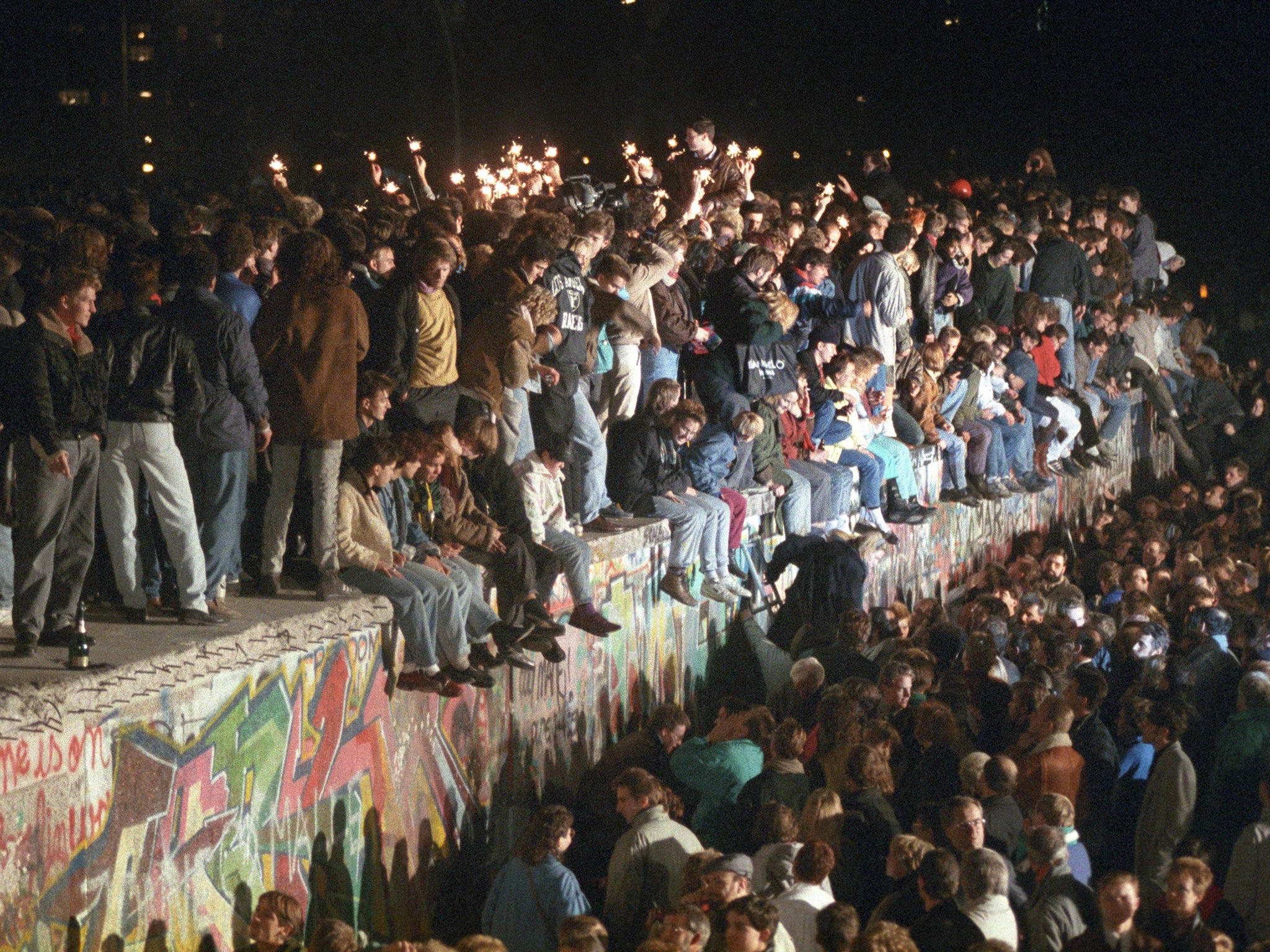After Covid-19, Berlin faces its challenging history
Just like after the fall of the wall in 1989, the capital of culture stands at a crossroads. A marriage of old and new might be just what it needs, writes William Cook

On the east side of Berlin, a few blocks from the Ostbahnhof, there’s an enormous artwork that recalls the most extraordinary year in the history of this wonderful, awful city. In November 1989 the Berlin Wall came down, but Germany wasn’t reunified until October 1990, so for 11 months Berliners lived in limbo. For those 11 months, anything seemed possible.
For a while, people thought they could make the world anew. Artists flocked from all around the world, and a bunch of them repainted the longest surviving section of the wall – almost a mile long, along the north bank of the river Spree.
This collective artwork, comprising countless murals, became known as the East Side Gallery. Thirty years on, it reads like the record of a bygone age. I first visited the East Side Gallery in 1991, a year after it was painted.
Subscribe to Independent Premium to bookmark this article
Want to bookmark your favourite articles and stories to read or reference later? Start your Independent Premium subscription today.
Join our commenting forum
Join thought-provoking conversations, follow other Independent readers and see their replies